Bonsaipadawan
Yamadori
I bought this from someone recently it seems to have received some decent care and planning already as the trunk has been chopped and had cut paste applied. The soil level is relatively low and has a semi decent looking nabari. I was wondering what my next steps are as my other maples are just saplings I planted by seed a year and a half ago.
What should I be doing, should I be doing any pruning to maybe cause some ramifications or like bud pinching?
Maybe some wiring? I am quite new to bonsai and most of my experience styling so far is with junipers.
Thanks for checking out my post.
What should I be doing, should I be doing any pruning to maybe cause some ramifications or like bud pinching?
Maybe some wiring? I am quite new to bonsai and most of my experience styling so far is with junipers.
Thanks for checking out my post.
Attachments
-
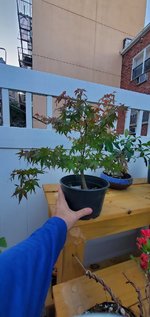 20220528_194626.jpg120.9 KB · Views: 94
20220528_194626.jpg120.9 KB · Views: 94 -
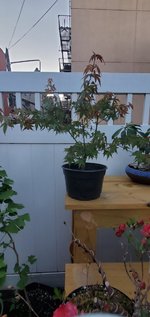 20220528_194621.jpg106.2 KB · Views: 95
20220528_194621.jpg106.2 KB · Views: 95 -
 20220528_194630.jpg123.1 KB · Views: 87
20220528_194630.jpg123.1 KB · Views: 87 -
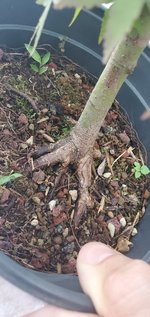 20220528_194648.jpg165.5 KB · Views: 86
20220528_194648.jpg165.5 KB · Views: 86 -
 20220516_184324.jpg162.5 KB · Views: 85
20220516_184324.jpg162.5 KB · Views: 85 -
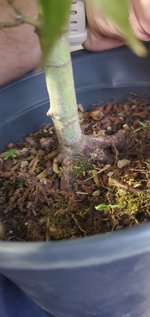 20220516_184304.jpg91.3 KB · Views: 81
20220516_184304.jpg91.3 KB · Views: 81 -
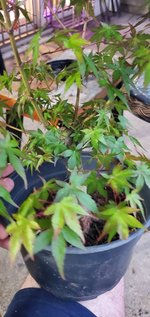 20220516_184313.jpg138.3 KB · Views: 77
20220516_184313.jpg138.3 KB · Views: 77 -
 20220516_184315.jpg149.6 KB · Views: 74
20220516_184315.jpg149.6 KB · Views: 74 -
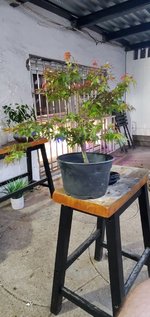 20220516_184218.jpg134.2 KB · Views: 68
20220516_184218.jpg134.2 KB · Views: 68 -
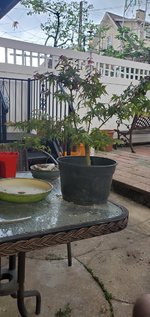 20220516_184203.jpg175.9 KB · Views: 98
20220516_184203.jpg175.9 KB · Views: 98
